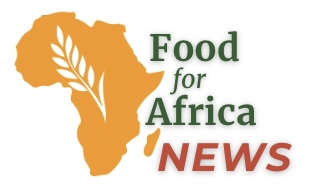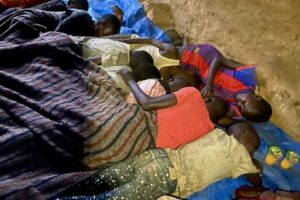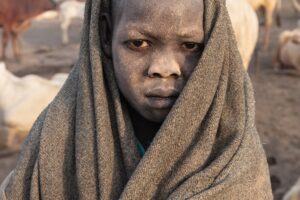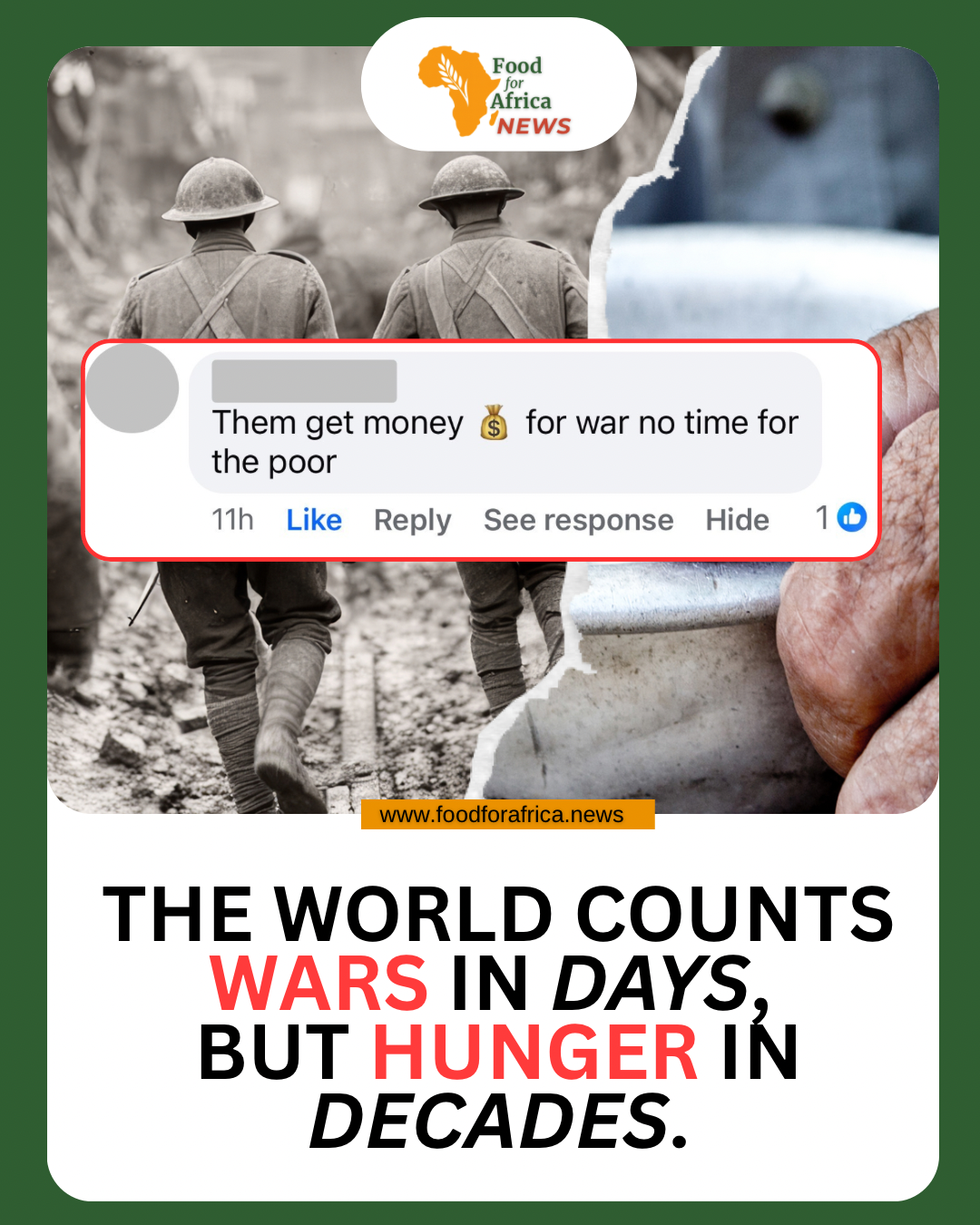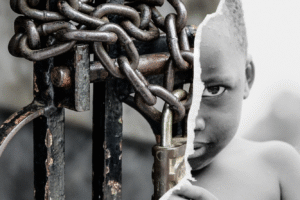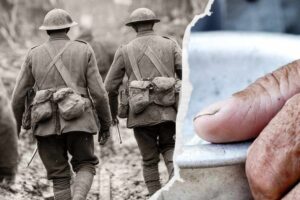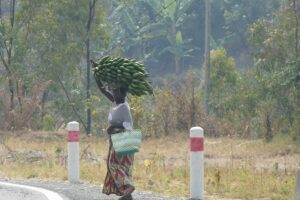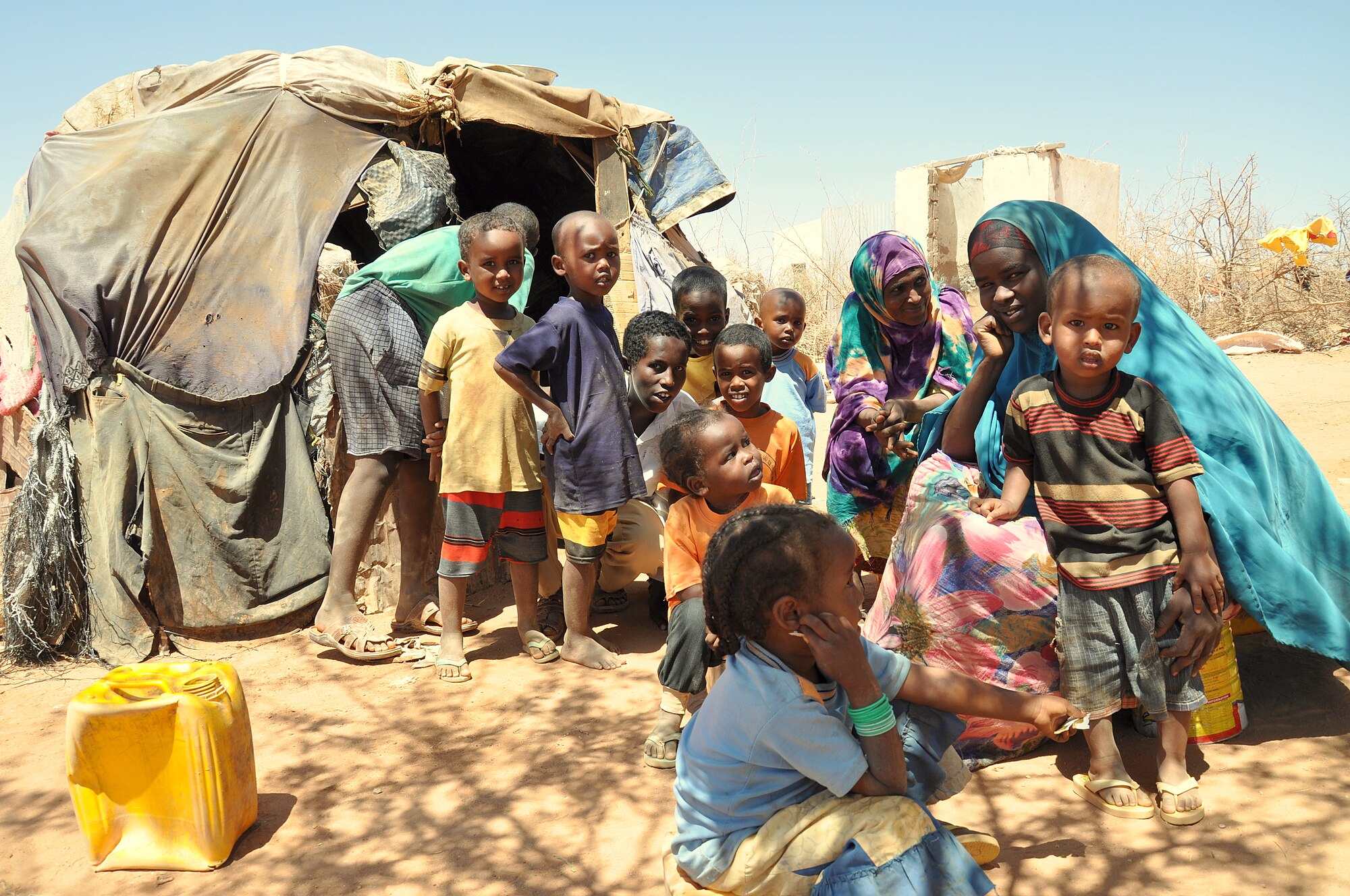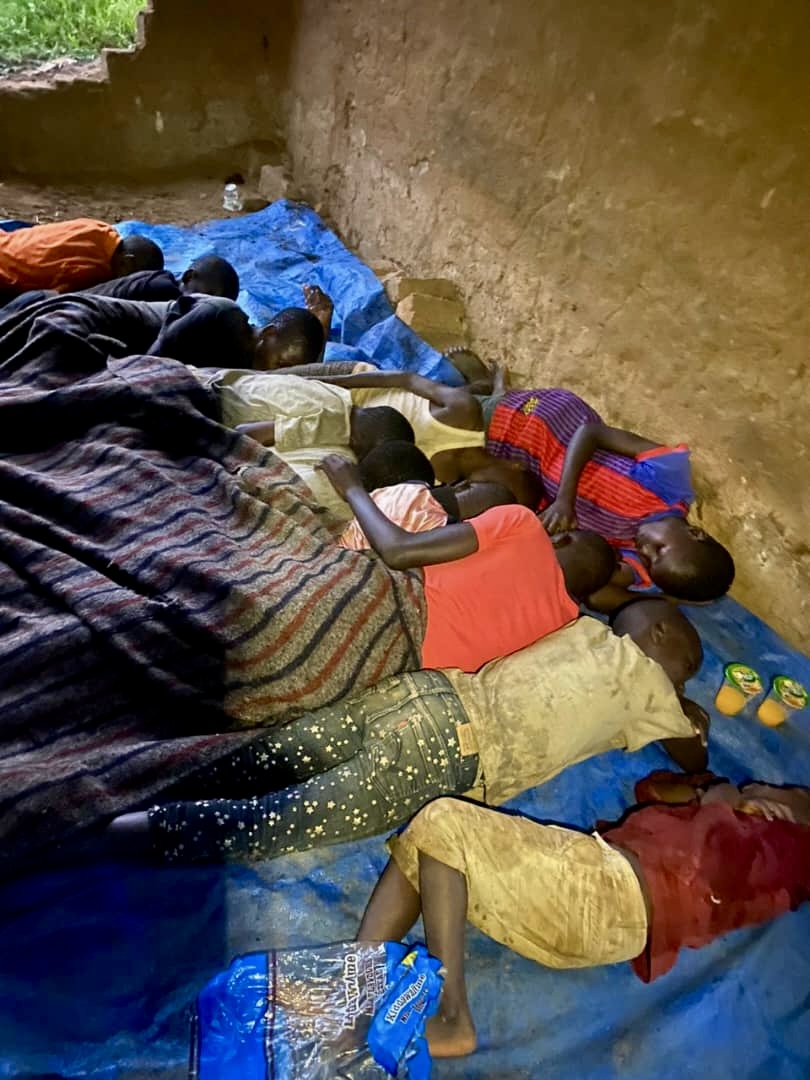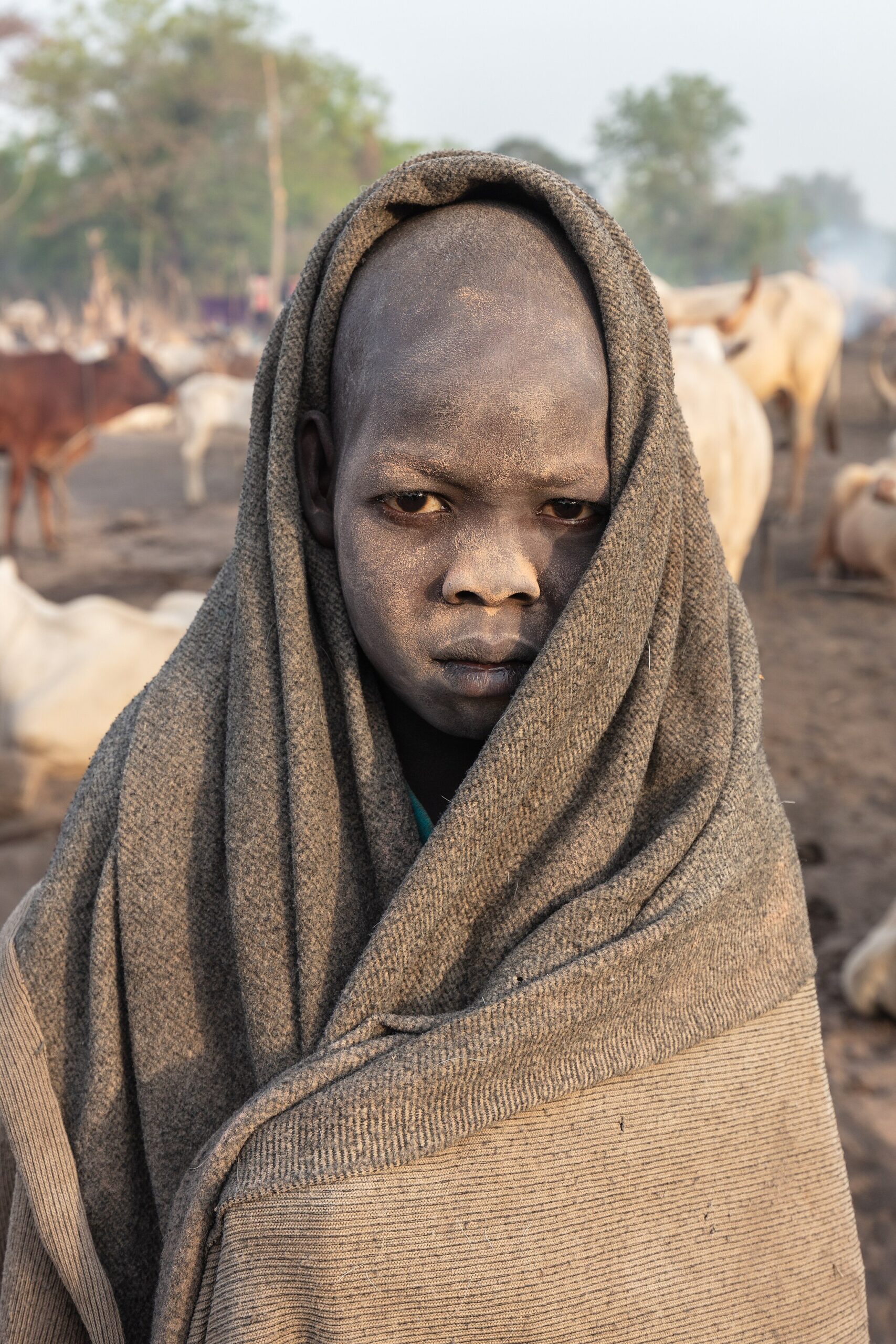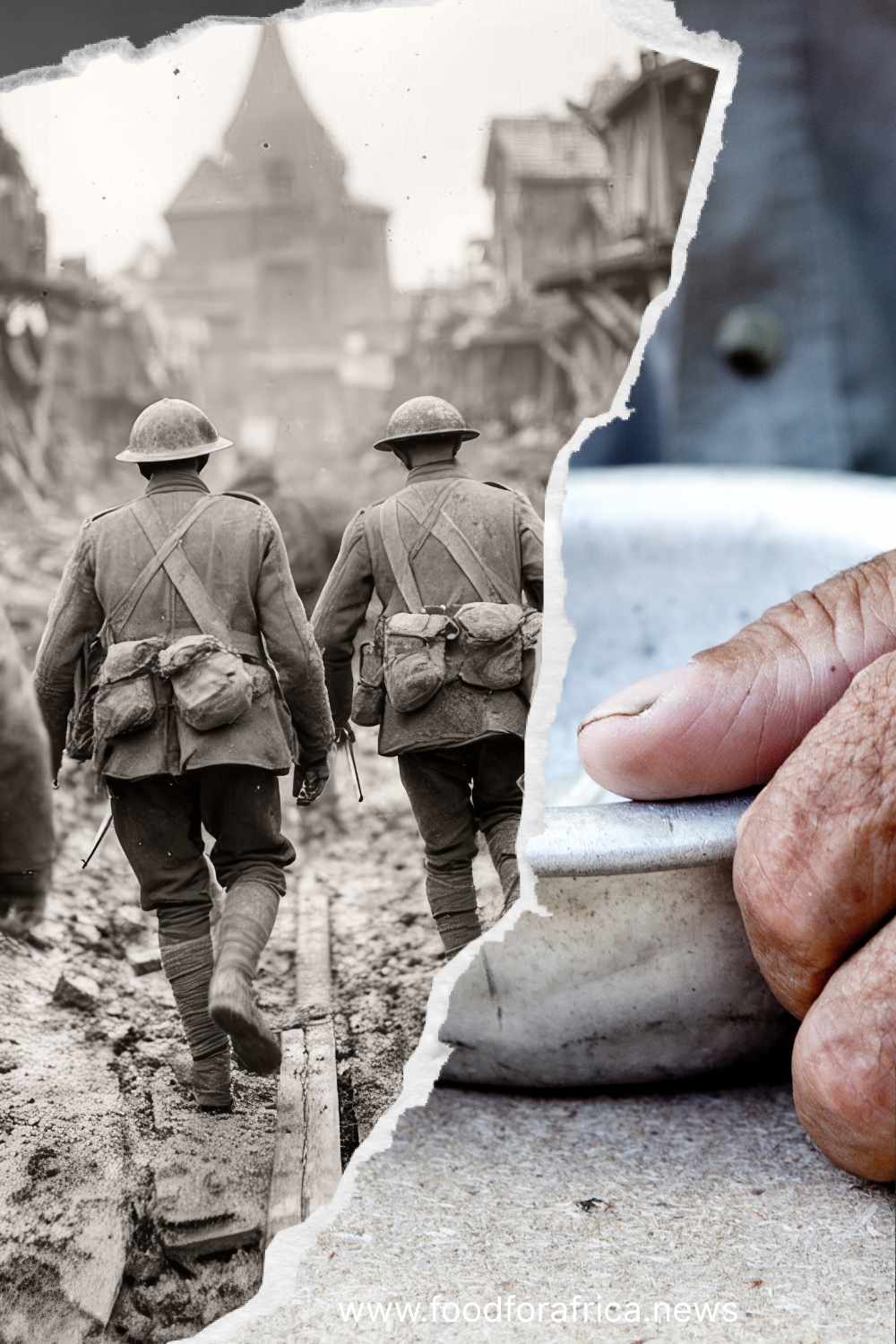From the civil war in northern Ethiopia, to the protracted crisis in Somalia, to recurring election violence in Kenya, the Horn of Africa has become synonymous with conflict. Millions have been displaced: 3.7 million inside Somalia alone, 4.2 million in Ethiopia, with 800,000 more as refugees . Militias clash over land and power, farmers and herders fight over dwindling resources, and water infrastructure itself has been deliberately attacked .
It is easy to assume that bullets and bombs are the greatest threat to children growing up in this war-scarred region. But the truth is far darker: a child in the Horn of Africa is far more likely to die from dirty water than from violence.
According to UNICEF, children under 15 in conflict zones are nearly three times more likely to die from diseases linked to unsafe water and sanitation than from direct violence. For children under five, the risk skyrockets: they are more than 20 times more likely to die from diarrhoeal disease, cholera, typhoid, and other waterborne illnesses than from the wars around them.
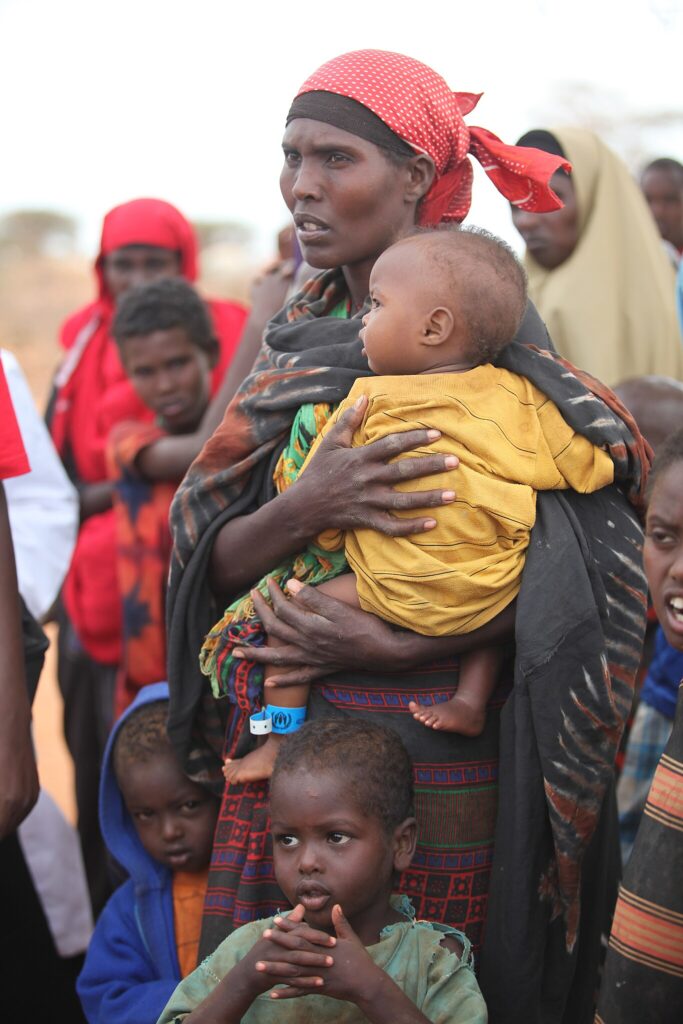
Photo Attribution: Oxfam Horn of Africa Refugee: link
A perfect storm of drought and collapse
This is no small tragedy. The Horn of Africa is enduring its worst drought in 40 years, with rainfall failing three consecutive years. More than 8.5 million people—including 4.2 million children—face acute water shortages . Families have been forced to abandon homes, sell livestock, and walk for days in search of water. In many places, the cost of water has surged by 400 percent , leaving households to choose between water and food.
The impact cascades: 16 million people now face crisis levels of food insecurity, 15 million children are out of school, and child marriage and female genital mutilation have both spiked more than 50 percent in drought-hit areas .
The silent killer
Globally, 700 children under five die every day from diarrhoeal disease caused by unsafe water and poor sanitation . In Somalia alone, only 56 percent of households have access to safe drinking water, while the country’s child mortality rate ranks among the highest in the world .
So while headlines capture gunfire and political breakdown, the greater killer remains unseen: contaminated wells, empty taps, and the walk for water that steals health and futures.
Why it matters
The Horn of Africa’s children are trapped in a deadly paradox: surviving the conflicts around them, only to die from the water they drink. The crisis demands urgent investment in water systems that are resilient to climate and conflict alike. Until then, the region’s smallest coffins will continue to be filled not by war, but by thirst.
Sources:
Featured photo attribution: Flickr via WikiCommoms: link
